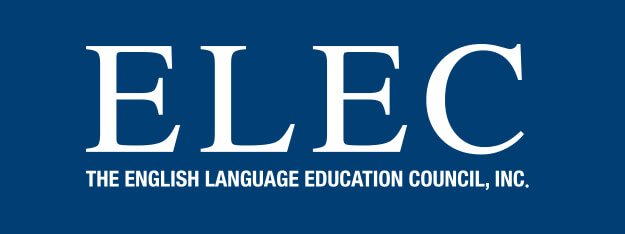
授業に取り入れるシンセティック・フォニックス(1/3)
シンセティック・フォニックスは、単語を音素に分解して再びつなぐことで、子どもたちの読み書き能力を効率的に育てる教育法として注目されています。本記事では、Alexis先生が授業での活用方法を紹介します。基本概念や効果、教室で実践できる具体例をわかりやすく示し、日本の英語教育現場でも役立つポイントをまとめています。
本記事は全3回の連載の第1回です。続編とあわせてぜひご覧ください。
Applying Synthetic Phonics in the Classroom (1/3)
Some background: what is synthetic phonics?
Phonics is a system used to facilitate learning reading and writing by teaching the relationship between a language’s sounds and its written form. SYNTHETIC phonics (also known as “systemic phonics”) is a method of phonics instruction that employs a systemic approach to learning to read and write. Major studies in the U.K. (Rose, 2006), the U.S. (National Reading Panel, 2000) and Australia (DEST, 2005) have shown that it is an effective method, and it has since been gaining popularity.
With this approach, learners look at a word, break it up into its individual phonemes (sounds), then join the phonemes together to read the word.
The process of breaking words up into their phonemes is called ‘segmenting’. The process of joining them together is called ‘blending’, or ‘synthesizing’ (hence the name ‘synthetic phonics’).
Not all words in the English language can be “sounded out” using common phonetic rules: there are exceptions, referred to as “tricky” words, that need to be memorized so as to be recognized on sight. Examples include “he”, “I”, “come”, “go”, “to”, “would” and “when”.
Synthetic phonics may be combined with other phonics methods and even other systems.
Benefits of Using Phonics in the Classroom
The key benefits are:
- increased phonemic awareness
- increased decoding skills (essential to reading comprehension)
- increased spelling accuracy
Studies indicate that children with strong phonological awareness are more likely to develop strong reading skills. Phonics activities can also help expand a child’s vocabulary. Overall, the research indicates that teaching young learners phonics has a long-term beneficial impact on their reading and spelling skills.
What are graphemes? (And how are they different from phonemes?)
Whereas a phoneme represents an individual unit of sound, a grapheme represents a phoneme written using a language’s writing system. They may be a single letter or a group of letters. For example:
- one-letter graphemes such as <h>, <k> or <a>
- two-letter graphemes (digraphs) such as <ph>, <wr> or <ll>
- three-letter graphemes (trigraphs) such as <igh>, <ure> or <air>
- four-letter graphemes such as <ough>, <eigh> or <augh>
There may be more than one grapheme for a single phoneme. For example, the phoneme /iː/ may be written as <e> (as in “me”), <ea> (as in “tea”), <ee> (as in “free”), <ey> (as in “key”) or even <y> (as in “quickly”).
Additionally, a grapheme may represent more than one sound. For example, <ch> may refer to /ʃ/ (as in “champagne”), /ʧ/ (as in “children”) or /k/ (as in “psychiatry”).
Then there are split digraphs – that is, digraphs separated by a consonant. For example, the digraph <o-e> in “note” is separated by the letter ‘e’. There are five split digraphs, all of which end the letter ‘e’: <a-e>, <e-e>, <i-e>, <o-e> and <u-e>.
References:
・Australian Government Department of Education, Science and Training (2005) Report of the National Reading Panel. Findings and Determinations of the National Reading Panel by Topic Areas. Available at: https://research.acer.edu.au/cgi/viewcontent.cgi?article=1004&context=tll_misc (Accessed: 6 March 2025).
・National Reading Panel (2000). Teaching Children to Read: An Evidence-based Assessment of the Scientific Research Literature on Reading and Its Implications for Reading Instruction. Bethesda, MD: National Institute of Child Health and Human Development. Available at: https://www.nichd.nih.gov/sites/default/files/publications/pubs/nrp/Documents/report.pdf (Accessed: 6 March 2025).
・Rose, J. (2006). Independent Review of the Teaching of Early Reading. Department for Education and Skills. Available at: https://dera.ioe.ac.uk/5551/2/report.pdf (Accessed: 6 March 2025).
